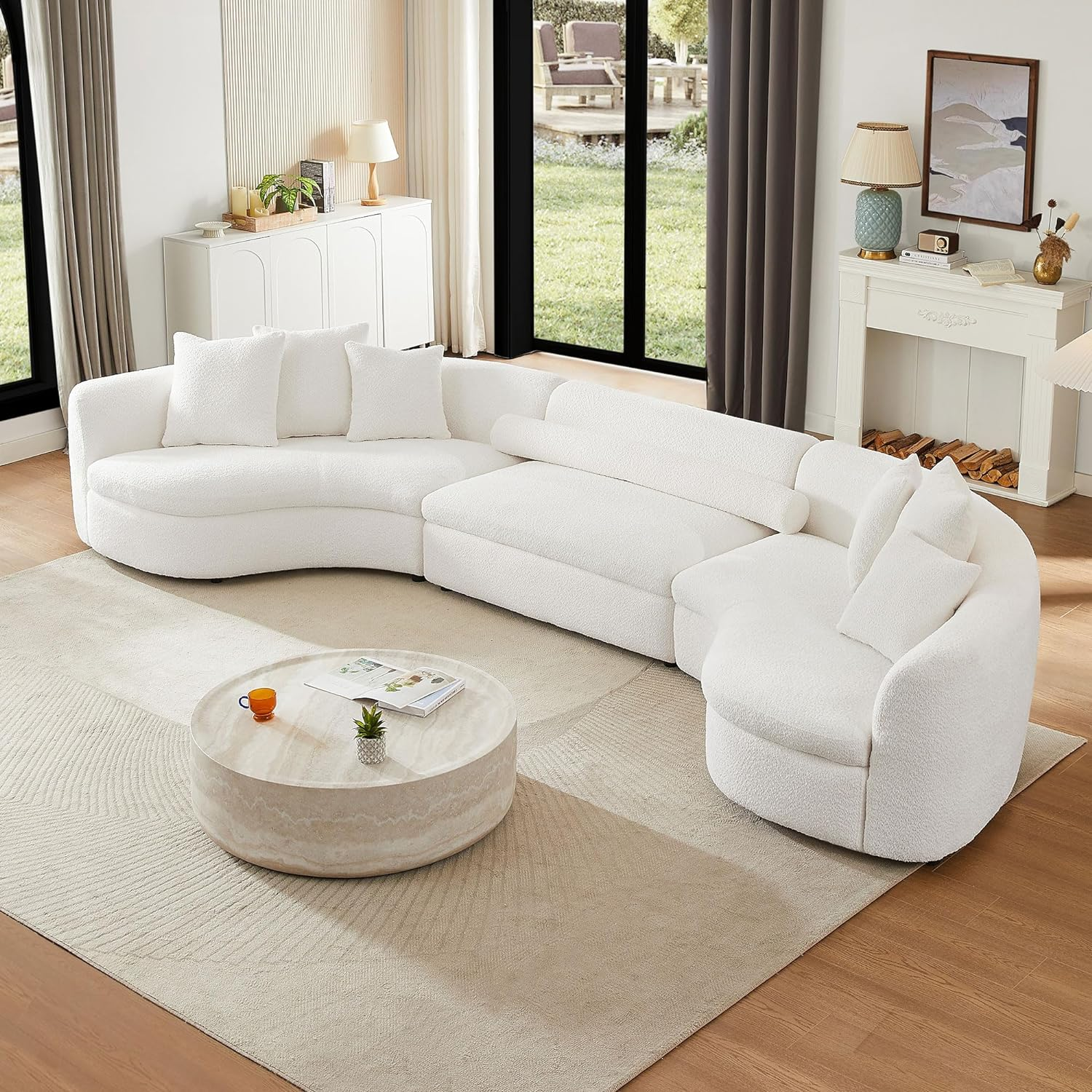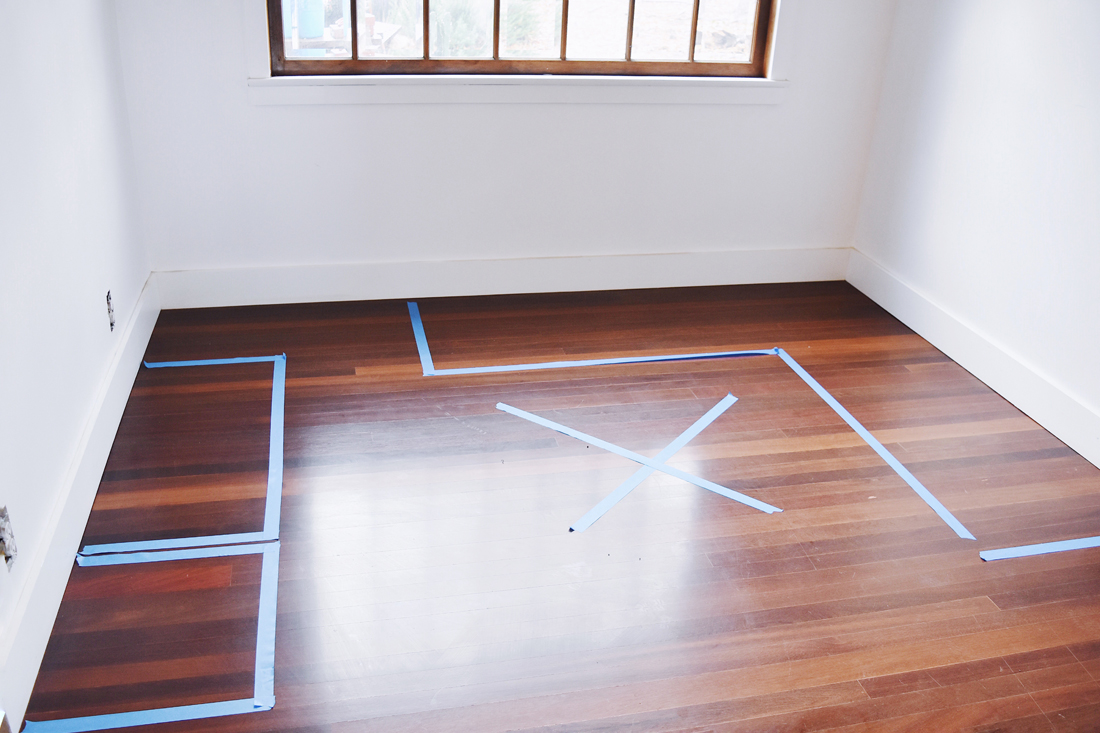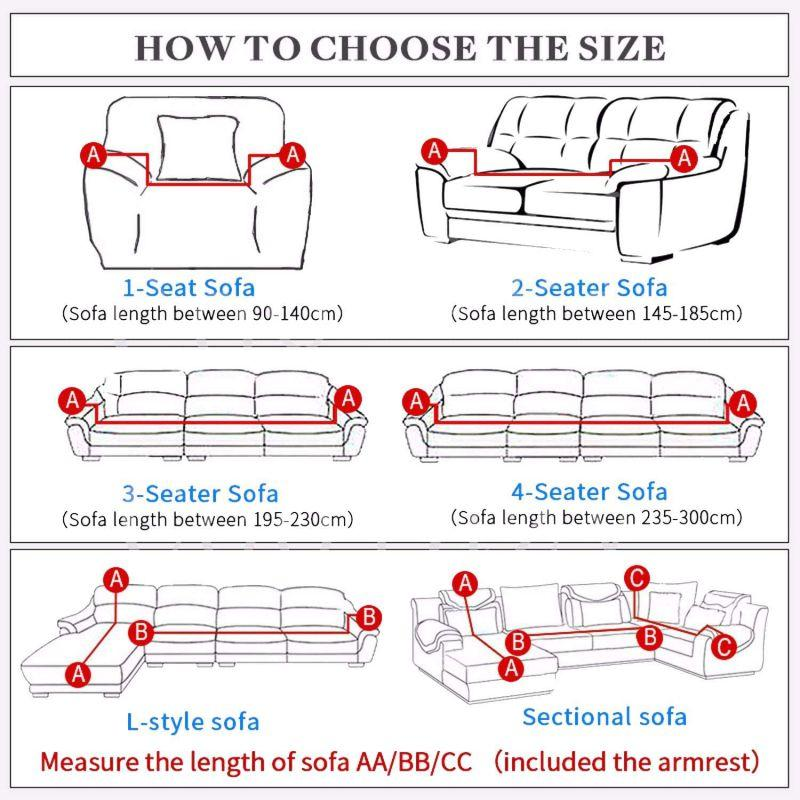How to Measure Your Space for a Sectional Sofa: A Comprehensive Guide
Choosing the perfect sectional sofa for your living room space can be both exciting and daunting. With so many options available, it’s crucial to ensure that the sofa you select fits your room perfectly.
One of the most critical steps in this process is accurately measuring the seating depth of your space. In this article, we’ll walk you through all the components other measurements and steps to measure your room effectively for a sectional sofa, ensuring a seamless fit and optimal comfort.
Understanding Sectional Dimensions
Because sectional sofas are highly customizable, there are no standard sectional dimensions. There are, however, a few general measurements to keep in mind when measuring for a perfect sectional sofa. Refer to the following sectional diagram for our definition small sectional and of overall measurements for sectionals.

Overall Length (or Depth): This is the combined measurement of seat depth for both the right-hand (or left-hand) loveseat and the corner chair. The overall length/depth of a sectional sofa is usually between 94” and 156” (or between about 8’ and 13’) deep. To find a sectional’s specific overall seat depth here, read the product’s “Weights & Dimensions” tab.
Overall Width: This is the total measurement of all the components along the back of the sofa. In the illustration, the components are the left side one-hand chaise, the armless loveseat in the middle, and the corner chair on the right side. The overall width of a sectional sofa is usually longer than the overall length and tends to fall between 90” and 168” wide. There are three options for sectional width: small (less than 89″), standard (90″– 109″),large (over 109″). To find a sectional’s specific overall width, read the product’s “Weights & Dimensions” tab.
Interior Measurements: When measuring a sectional, the measurements on the interior sides of the sectional as shown in the illustration are important if you’re considering pairing the front door of your sectional with a coffee table or other living room centerpiece, like an ottoman.
Curved Sectional Measurements: Measurements for curved sectional, found under the “Weights & Specifications” section of their product descriptions, are listed for height, both length width and height, and depth. The best way to describe these width and depth measurements is that they correspond to the size of the smallest imaginary rectangle that could fit the curved sectional within it. The width is the measurement of the long side of the rectangle and the depth describes accurate measurement of the short side. When measuring your space for a curved sectional, use the dimensions of this imaginary rectangle as you would the dimensions of a traditional sectional.

What You Will Learn
By the end of this article, you will learn:
- How to measure your room dimensions accurately
- Techniques for assessing doorways, hallways, and other entry points
- Tips for determining the ideal sectional sofa size and configuration for your space
1. Assess Your Room Dimensions
- Start by measuring the length and width of your room using a tape measure. Record these dimensions accurately. Take multiple measurements to ensure precision.
- Note any architectural features such as alcoves, bay windows, or fireplaces that may affect the placement of your sectional sofa. Measure the dimensions of these features as well.
- Consider the location of electrical outlets, heating vents, and other fixtures that could impact the positioning of your sofa. Ensure that there are convenient locations for power sources if needed for features like reclining sections or built-in USB ports.
2. Determine the Layout
- Decide on the desired layout for your sectional sofa, whether it’s an L-shape, U-shape, or other configuration. Consider factors such as the shape and size of your room, the location of windows and doors, and the placement of other furniture.
- Use masking tape or rope to outline the proposed dimensions of the sofa on the floor. This will give you a visual representation of how much space the sofa will occupy and how it will interact with the rest of the room.
- Ensure that there is ample room for walking around the sofa and accessing other furniture in the room. Leave at least 2 feet of clearance space between the sofa and walls or other large furniture pieces.
3. Measure Doorways and Entry Points
- Measure the width and height of doorways, hallways, and stairwells that the sectional sofa will need to pass through during delivery. Be sure to measure the narrowest points along the route.
- Check for any obstructions or tight corners that may pose challenges when maneuvering the sofa into your home. Remove any obstacles or temporarily move furniture to create a clear path. For more layout ideas and practical tips on arranging your sectional sofa once it’s inside your home, check out our guide on practical sectional layout ideas.
- If necessary, remove doors or temporarily disassemble the sofa to facilitate easier entry. Some sectional sofas come with removable backs or arms for this purpose.
4. Consider Clearance Space
- Allow for sufficient clearance space around the sectional sofa to prevent it from feeling cramped or obstructing traffic flow. Aim for at least 18 inches of clearance between the sofa and coffee tables, entertainment centers, or other furniture. Additionally, consider experimenting with angles and incorporating thoughtful accessories, as detailed in our article on sectional layout ideas, to ensure a well-balanced and functional space.
- Consider the movement of reclining or extending sofa components, such as chaise lounges or sleeper sections. Ensure that there is enough space for these features to function properly without hitting walls or other obstacles.
- Factor in any additional space needed for foot traffic pathways and room for people to comfortably sit and move around the sofa.
5. Measure Existing Furniture
- Take measurements of any existing furniture in the room to ensure that the sectional sofa complements the overall layout. Consider the scale and proportion of the existing furniture pieces to maintain a cohesive aesthetic.
- Pay attention to the height and depth of other furniture items to prevent overcrowding or visual imbalance. The sectional sofa should be proportional to the other furniture in the room and should not overwhelm the space.
6. Tape the Area
Once you know how large your room is, choose the spot you’d like to place your sectional. It should be wide open and away from high-traffic pathways so the measure for a sectional doesn’t obstruct the natural flow of movement throughout the narrow spaces of your home. A corner sectional can be appropriately placed in one corner of your living area, but be sure to leave a few inches for outlet access if necessary.


Mark the spot you picked out on the floor with masking tape or painter’s tape. Exact measurements of sofa’s dimensions don’t matter here – taping off the space will help you visualize how much space the sofa will occupy in the room. You can remove and then tape measure and re-mark as many times as you need until you’re sure you have a comfortable size and position.
7. Measure the Area
Measure the dimensions of the area you’ve marked. Though it’s unlikely you’ll find a full size sectional that will perfectly match those measurements, you can use them as an estimate or set of general guidelines for the sectional size that is best for rectangular area of your room.
If you’re considering placing the sofa in front of windows, make sure to measure the height of new sofa from the window sill. The rule of thumb is that the end tables and sofa back should not extend higher than the sill.

Tip!
You may want to move your sofa at some point. Before you buy, measure for multiple arrangements to ensure that different configurations of your side measure for a sectional and can fit comfortably in other positions.
FAQ Section:
Q: Can I customize the dimensions of a sectional sofa to fit my space?
- A: Many furniture retailers offer customization options for sectional sofas, allowing you to tailor the dimensions to suit your specific requirements. Be sure to inquire about custom orders and consult with a sales representative for assistance. Keep in mind that custom orders may have longer lead times and higher costs than standard options.
Q: What if my room has unique architectural features or irregular dimensions?
- A: In rooms with unconventional layouts or architectural features, such as angled walls or sloped ceilings, it may be helpful to consult with a professional interior designer or furniture specialist. They can offer personalized recommendations and solutions to maximize space utilization. Consider flexible sectional options such as modular pieces that can be rearranged to fit different room configurations.
Q: How do I know if a sectional sofa will fit through my doorway?
- A: Before purchasing a sectional sofa, measure the width and height of all entry points, including doorways, hallways, and stairwells. Compare these measurements to the dimensions of the sofa, taking into account any removable components or packaging. If in doubt, seek advice from the retailer or consider opting for a modular sectional that can be assembled inside the room. Some retailers offer delivery services that include professional assembly and installation to ensure that the sofa fits seamlessly into your space.
Summary:
Accurately measuring your space is essential when selecting a new sectional sofa to ensure a perfect fit and optimal comfort. By following the steps outlined in this guide, you can confidently assess your room dimensions, consider layout options, and anticipate any logistical challenges.
Remember to allow for clearance space, consider existing furniture arrangements, and consult with professionals if needed. With careful planning and attention to detail, you can find the ideal new sectional sofa that enhances your living space and meets your lifestyle needs.
For creative arrangement ideas and to avoid common mistakes, refer to our guide on practical sectional layout tips, which complements this measurement guide
Affiliate Disclaimer:
This article may contain affiliate links, which means that we may earn a commission if you purchase through these links. However, this does not influence our editorial content or recommendations. We only recommend products that we genuinely believe will benefit our readers.







